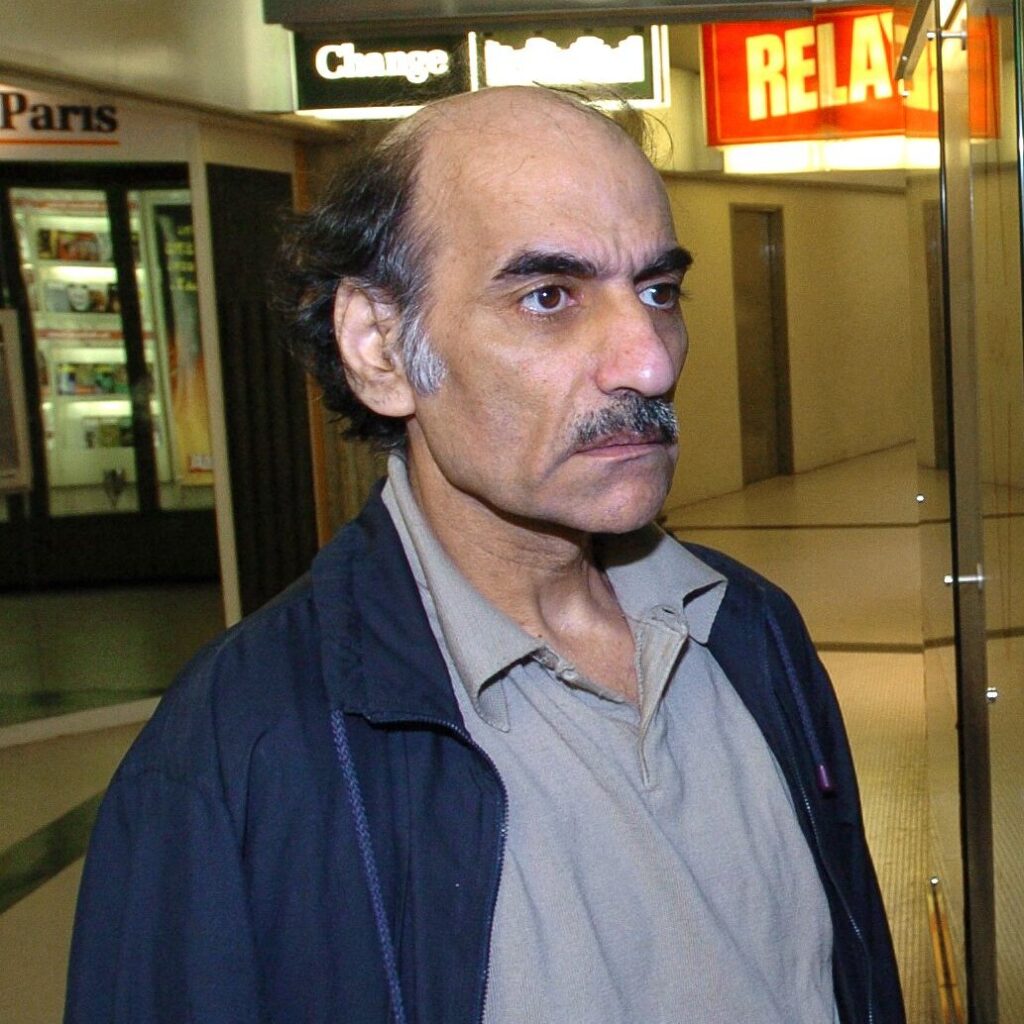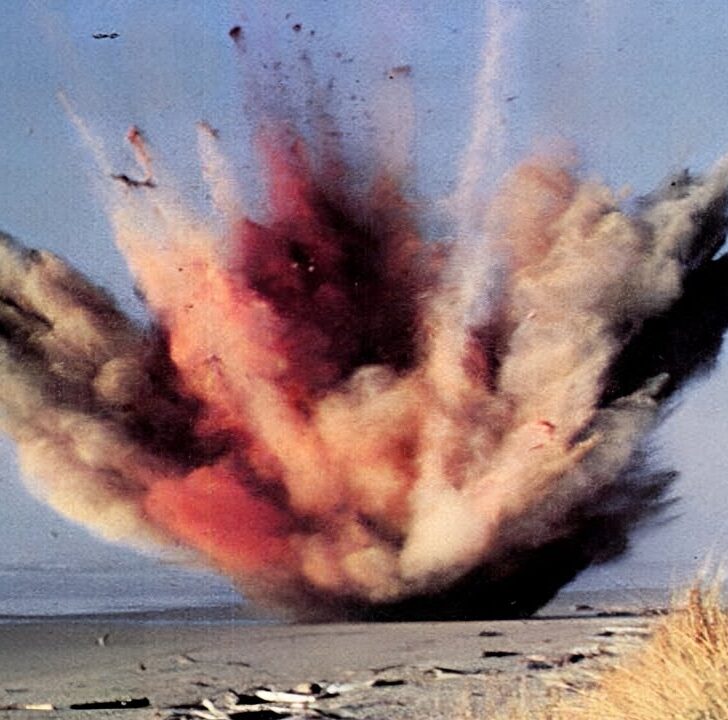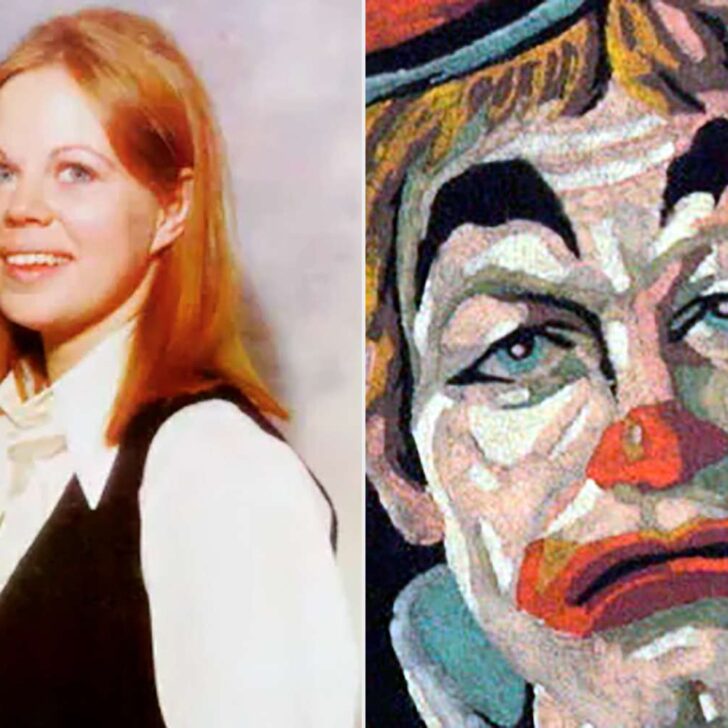We’ve all been here: you’ve just landed at the airport after a long, exhausting flight. You’re tired, jetlagged, and all you want to do is get home, take a hot shower, and collapse into bed. But as luck would have it, fate has other plans.


Your flight’s delayed. An hour goes by, then another, and before you know it, you’re stuck in the purgatory of airport terminals, surrounded by noisy crowds, blaring announcements, and uncomfortable seating. It’s every traveler’s worst nightmare.
Now, imagine being stuck at the airport not for a few hours, not even for a few days, but for a mind-boggling 18 years. Meet Mehran Karimi Nasseri, the man who turned Charles de Gaulle Airport into his home for nearly two decades.
Who Is Mehran Karimi Nasseri?
Mehran Karimi Nasseri was born on December 3, 1942, in Masjed Soleiman, a city located in the Khuzestan Province of Iran. He was born into a middle-class family and grew up in Iran during a very turbulent time for the country.
The 1979 Iranian Revolution and the eight-year-long Iran-Iraq War resulted in immense human suffering and economic depression.
Those who could, fled west, hoping for a chance at a better life. Nasseri counted himself as one of the lucky ones. In 1988, he got the opportunity to seek political asylum in London. However, fate had a different itinerary in mind for Nasseri.
To better understand Mehran Karimi Nasseri’s remarkable journey and the circumstances that led to why he could not leave Charles de Gaulle Airport, it’s essential to look at the historical context of the Iranian Revolution and the Iran-Iraq War.
The Iranian Revolution (1978-1979)
The Iranian Revolution started in 1979 and resulted in a transformation of Iran’s political, social, and cultural landscape.
The revolution was an uprising against the country’s leader, Shah Mohammad Reza Pahlavi. The Shah had been installed by the US during a CIA-backed coup in 1953, which overthrew the democratically elected Prime Minister Mohammad Mossadegh.
The Shah’s regime was marked by rapid modernization and Westernization, but also rampant corruption and wealth gaps, which caused widespread anger amongst the Iranian people.
Leftist student movements and religious groups helped fuel the revolution. The most dominant figure to emerge from this was Ayatollah Khomeini. Khomeini was a cleric who had been exiled for his opposition to the old Shah’s policies.
In April 1979 Iran was declared an Islamic Republic under Khomeini’s leadership. Fearing for his life, the Shah fled the country resulting in the collapse of the monarchy.
A new theocratic constitution was drawn up which elevated the clergy and religious authorities to the heart of political power. This led to the immediate enforcement of Islamic laws, the curtailing of women’s rights, and a purge of those loyal to the previous regime.
The Iran-Iraq War (1980-1988)
The Iran-Iraq War was another event that deeply impacted Nasseri’s life. The war began when Iraq, under Saddam Hussein, invaded Iran in September 1980. Saddam was thirsty for power and hoped to capitalize on the fragile state of Iran post-revolution.
Eager not to upset either party, but especially Iraq, the United States adopted a policy of neutrality. But as it became clear that Iran might win, the US had to step in and sway the outcome for their own interests:
Containment of Iran: Iran’s new Islamic government under Ayatollah Khomeini had adopted an anti-Western and anti-American stance. The United States viewed Iran as a threat in the region and feared the spread of its radical new government. Therefore, supporting Iraq was seen as an easy way to prevent the spread of Islamic fundamentalism without actually putting boots on the ground.
Regional Balance of Power: The United States saw Iraq as a secular, Arab state with a more favorable geopolitical orientation compared to Iran’s revolutionary regime. By supporting Iraq, the United States was playing a game of chess, hoping to prevent any single country from dominating the region.
Access to Oil: Last but not least, Iraq possessed significant oil reserves. Maintaining stability in the region was crucial for ensuring the flow of oil to global markets.
Nasseri’s Journey Begins
On the crisp morning in 1988, Nasseri set off on his journey. His final destination was London where he intended to seek political asylum and start a new life. But of course he couldn’t find a direct flight; there was a short layover at the Charles de Gaulle Airport in Paris, France.

Fortunately, he made it on time for his connecting flight. But once he arrived in London is when the trouble started.
Upon arriving at London’s Heathrow Airport, Nasseri thought he was home free. But when he was asked to prove his citizenship, Nasseri found himself lost in a maze of bureaucratic red tape.
The reasons why Nasseri couldn’t prove his citizenship are a little hazy:
Expulsion from Iran: Nasseri alleged that he was expelled from Iran in 1977 due to his involvement in protests against the Shah. This led to his refugee status being recognized by the United Nations High Commissioner for Refugees (UNHCR) in Belgium. However, investigations later disputed this claim, suggesting that Nasseri was not actually expelled from Iran.
Loss of Documents: In 1988, Nasseri’s papers were reportedly lost when his briefcase was stolen. There are conflicting accounts regarding this incident, with some sources indicating that Nasseri may have intentionally mailed his documents to Brussels while traveling to Britain, falsely claiming that they were stolen.
Back To Paris
Confused and probably a little angry, Nasseri was returned to Charles de Gaulle Airport. Upon arrival, he was asked for his documents, and again, he could not provide them.

Nasseri was in a unique predicament, without any proof of identity he was essentially stateless which meant he could not enter France nor could he return to Iran.
It looked like he was going to be staying there a while – 18 years to be exact – but of course, he didn’t know that at the time.
Life At Charles De Gaulle Airport
Nasseri knew he would be staying a while, so he decided to make himself comfortable. He made a makeshift home for himself in the airport terminal, using benches, seating areas, and other available spaces for sleeping and storing his belongings.
He became a familiar sight to the airport staff, who often interacted with him and helped him out with getting food and other necessities when needed. He had a special place in his stomach for Mcdonald’s hamburgers.
He would pass the time reading books, newspapers, and magazines, which he acquired from airport shops and travelers passing through the terminal.
He also engaged in writing, keeping journals and notes about his experiences and thoughts. He could usually be found at his favorite spot, the Paris Bye Bye bar, where he would smoke a gold pipe and people-watch.
Leaving The Airport
After years of bureaucratic tug-of-war, Nasseri was finally granted refugee status in the early 2000s. But by this time, he had been living in the airport for 16 years and had become institutionalized.
It was reported that Nasseri felt insecure about finally being able to leave the airport that he now called home and he refused to sign them.
In the 1990s, the airport doctor expressed concern for Nasseri’s physical and mental health, describing him as “fossilized here.” A friend who worked as a ticket agent compared him to a prisoner unable to adjust to life outside the airport. Suddenly, Nasseri’s fascinating story became a sad tale of struggling mental health issues.
Nasseri continued to live at the airport until 2006, when he was hospitalized for deteriorating health; the airport life and the years of living in the windowless space had taken its toll on his mental well-being.
He was later moved to a shelter in Paris, where he lived until 2022. In the weeks before his death, Nasseri had one final wish – to live out the rest of his days at the place he had called home for nearly twenty years. On November 12, 2022, Nasseri died of a heart attack at Charles de Gaulle Airport.
Hollywood Inspiration
If some of this sounds familiar to you, that’s because it was the basis for the movie “The Terminal” starring Tom Hanks. Released in 2004 and directed by Steven Spielberg, “The Terminal” drew inspiration from the real-life experiences of Mehran Karimi Nasseri.
The film takes creative liberties, such as changing the setting to JFK International Airport in New York and introducing a love story.
Despite the touch of fantasy, its premise mirrors Nasseri’s life, depicting the story of a man stranded in an airport due to a bureaucratic loophole.
Sources
https://www.theguardian.com/film/2004/sep/06/features.features11













Leave a comment